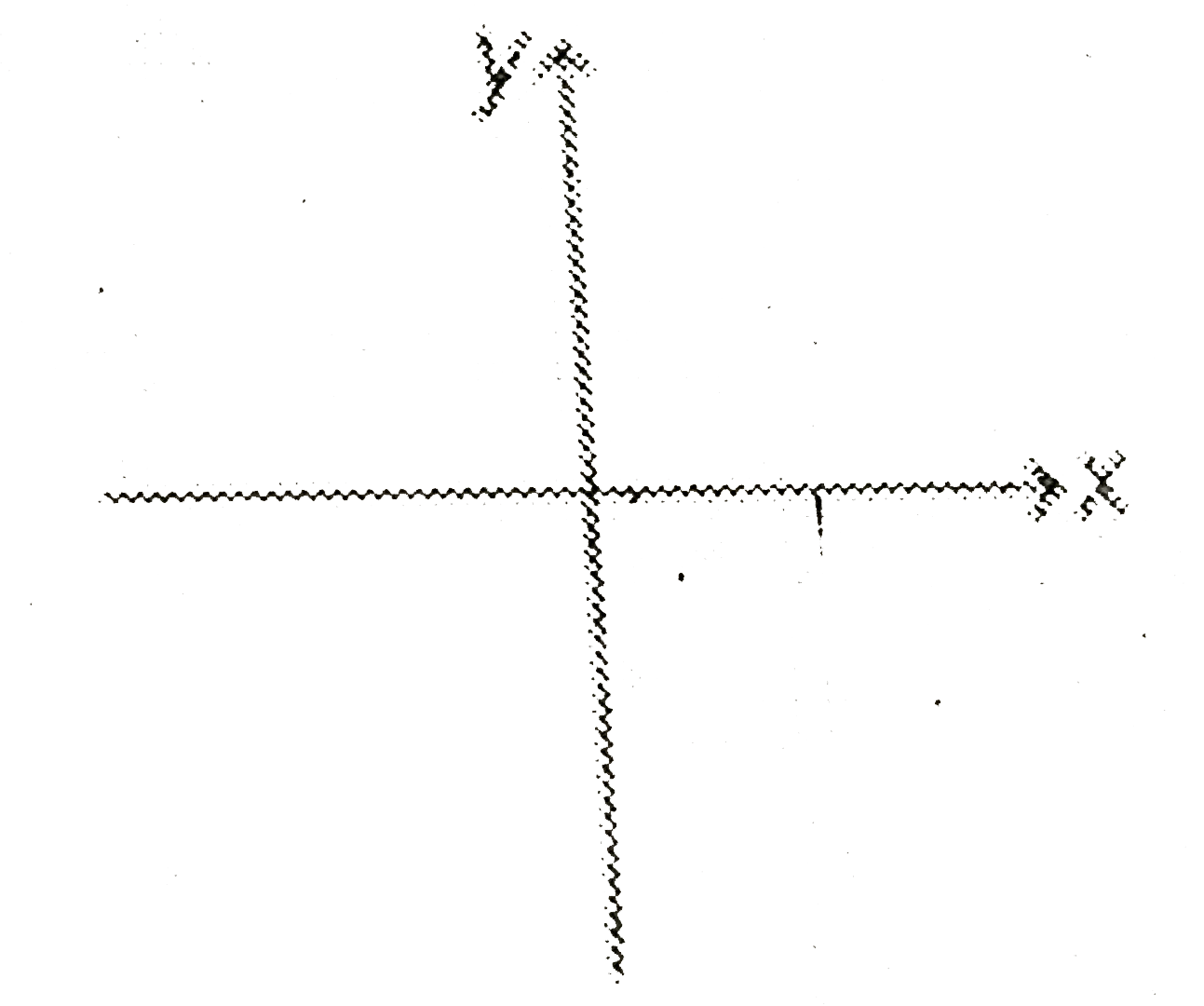The displacement of a particle is represented by the equation y=3cos(π4−2ωt).
The motion of the particle is
A
simple harmonic with period 2π/ω
B
simple harmonic with period π/ω
C
periodic but not simple harmonic
D
non-period
Video Solution
Text Solution
Given, y=3cos(π4−2ωt)
Velocity of the particle
v=dydt=ddt[3cos(π4−2ωt)]
=3(−2ω)[−sin(π4−2ωt)]
=6ωsin(π4−2ωt)
Acceleration, a=dvdt=ddt[6ωsin(π4−2ω)]
=6ω×(−2ω)cos(π4−2ωt)=−12ω2cos(π4−2ωt)
=−4ω2[3cos(π4−2ωt)]
⇒=a−4ω2y
⇒ As acceleration , a∝−y
Hence, due to negative sing motion is SHM.
Clearly. from the equation
ω'=2ω [:. Standard equationy y=acos(ωt+ϕ]
⇒2πT'=2ω⇒T'=2π2ω=πω [and given equation =3cos(−2ωt+π4)]
So, motion is SHM with period πω.
|
Updated on:21/07/2023
Topper's Solved these Questions
Similar Questions
Knowledge Check
- Question 1 - Select One
The displacement of a particle is represented by the equation y=3cos(π4−2ωt).
The motion of the particle isAsimple harmonic with period 2π/ωBsimple harmonic with period π/ωCperiodic but not simple harmonicDnon-period - Question 2 - Select One
The displacemtn of a particle is represented by the equation y=3cos(π4−2ωt).
The motion of the particle isAsimple harmonic with period 2π/ωBsimple harmonic with periodπ/ωCperiodic but not simple harmonicDnon-periodic - Question 3 - Select One
The displacement of a particle is represented by the equation y=sin3ωt. The motion is
Anon-periodicBperiodic but not simple harmonicCsimple harmonic with period 2π/ωDsimple harmonic with period pπ/ω
The displacement of a particle is represented by the equation
y=0.4{cos2(πt2)−sin2(πt2)}metre
The motion of the particle isView SolutionA particle move along y-axis according to equation y+3+4cosωt. The motion of the particle is
View SolutionThe displacement of a particle is given by x=cos2ωt. The motion is
View Solutionparticle is executing the motion x=Acos(ωt−θ) The maximum velocity of the particle is
View SolutionA xandy co-ordinates of a particle are x=Asin(ωt)andy=Asin(ωt+π/2). Then, the motion of the particle is
 View Solution
View Solution

